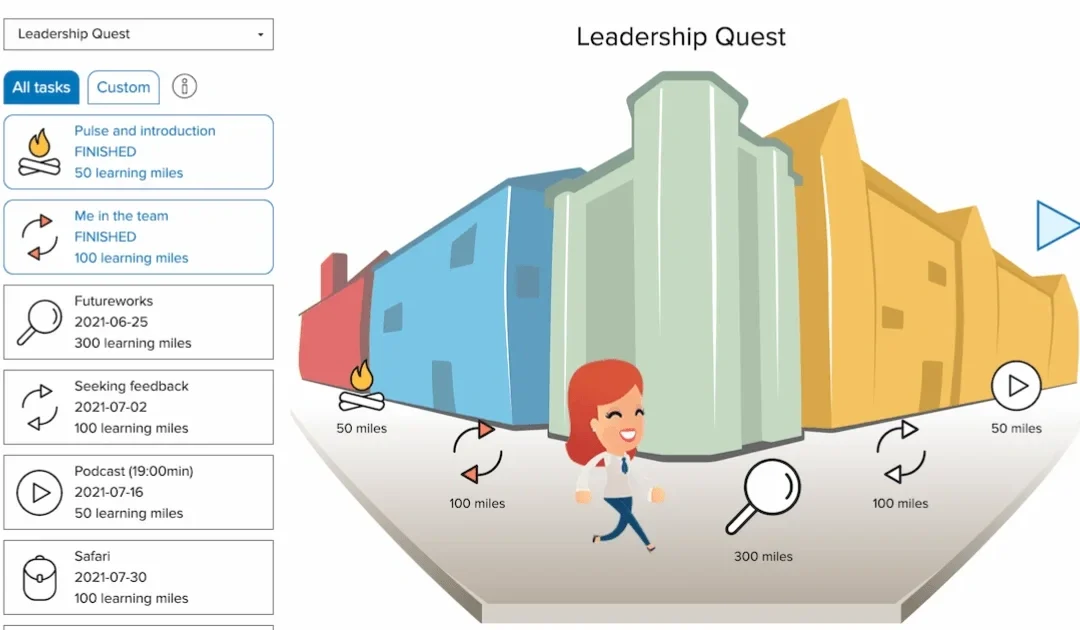The element of seeking feedback and advice is a cornerstone of learning at work and a signature feature of the TalentMiles experience. Version 30 of the TalentMiles app, to be released shortly, includes significantly enriched possibilities for using feedback.
In the TalentMiles app the flow for how a participant tackles a task is the following:
- Receive a learning-task to do in the app
- Do the task
- Reflect on the task in the app
- Seek, receive and reflect on feedback on their task
I’ve been working on three things lately to enrich the possibilities for feedback in the TalentMiles app, and that is what I wanted to write about in this blog post.
Learning from peer feedback
With the new and improved peer feedback experience the user will be able to get (and provide) feedback from other participants on the learning path that also have completed the same task. For certain kinds of tasks, the most valuable feedback you can get is feedback from someone else who also has completed the same task as you. For these kinds of peer feedback tasks, the participants also get a task to provide feedback on an answer assigned to them by the app. It also provides valuable practice in giving feedback to others.
Learning from outside feedback
There are also tasks where the ideal person to provide feedback is not someone on the same learning path, but rather someone in the participant’s network. This is what the new outside feedback task type is for. In this kind of task, the participant gets to choose who should give them feedback and send them a link via which they can give feedback. There is no need for the person chosen to give feedback to have an account in the app.
Learning from sharing answers
The last new feature I wanted to highlight is not strictly about feedback, but about a different way to share perspectives with others on a task. The new feature that can be enabled shares everyone’s answers for the task with everyone else on the learning path. The value of this is that it makes the outcomes of a task something that is shared with the group, rather than an individual experience. When everyone on the learning path gets to see what all the other participants have submitted it becomes a great way for the participants to develop common culture and understanding and building the psychological safety nessecary for a learning community.

